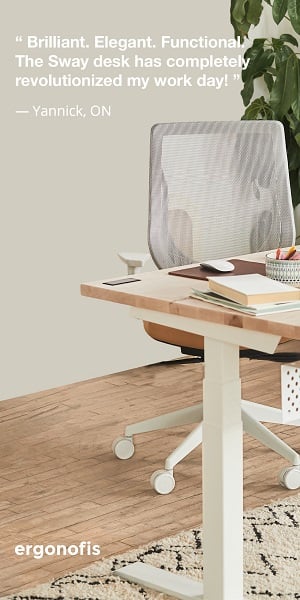The nudge theory developed by author Richard Thaler offers a solution to those who say they have no time during the day to engage in healthy habits.
The nudge offers a tweak in design that makes opting for healthy choices much easier, such as placing fruits in place of unhealthy snacks at the cash register.
The theory uses behavioral economics, which indicates that people traditionally act out of habit or are swayed by the environment they are in.
One example of implementing a nudge is to make the “better” choice a default option, but also allow the ability to choose another option.
“If a workplace identifies physical activity as a priority, for example, we look at how we can influence a range of workplace factors to make moving easier, and not to simply educate individuals and hope they’ll change,” said Katrina Walton, director of Brisbane-based Wellness Designs, a workplace wellness company.
Another way to encourage health throughout the day is using a nudge to remind workers to stretch, or use a sit-stand desk that encourages screen-based employees to squeeze some movement into their day.
Long-term effects of nudges are still unknown and could even lead workers to turn them off or simply ignore them. The ideal nudge would remind us of healthy habits when we are not in the middle of an important task.


 Dr. Gleb Tsipursky – The Office Whisperer
Dr. Gleb Tsipursky – The Office Whisperer Nirit Cohen – WorkFutures
Nirit Cohen – WorkFutures Angela Howard – Culture Expert
Angela Howard – Culture Expert Drew Jones – Design & Innovation
Drew Jones – Design & Innovation Jonathan Price – CRE & Flex Expert
Jonathan Price – CRE & Flex Expert











